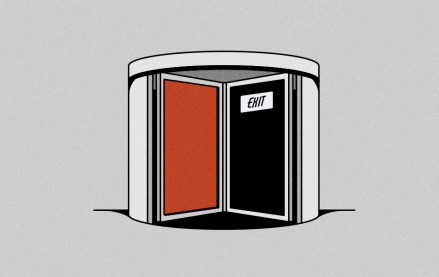This article is a WTF explainer, in which we break down media and marketing’s most confusing terms. More from the series →
Piggyback rides can be fun for children. For website operators, not so much.
Piggybacking — also known as cookie-syncing — is how an ad tech firm can drop a third-party cookie on a website’s visitors without being granted access by the website via another ad tech firm that the website has granted access, as covered in the explainer skit above.
An issue with this third-party tracking daisy-chain is that it makes it difficult for website operators to rein in outside companies’ abilities to collect information about their audiences, which risks putting the operators in privacy regulators’ crosshairs.
More in Marketing

Pitch deck: How Amazon is recasting Twitch as a core part of its CTV pitch
Amazon is positioning Twitch as a defining asset in its CTV ambitions.

Netflix transforms former mall department stores into experiential venues
The location in Dallas opens this week, and one at the King of Prussia mall near Philadelphia opened last month.

Future of Marketing Briefing: AI has created a new talent paradox in programmatic agencies
The job isn’t execution anymore. AI handles that. The job is judgement.




